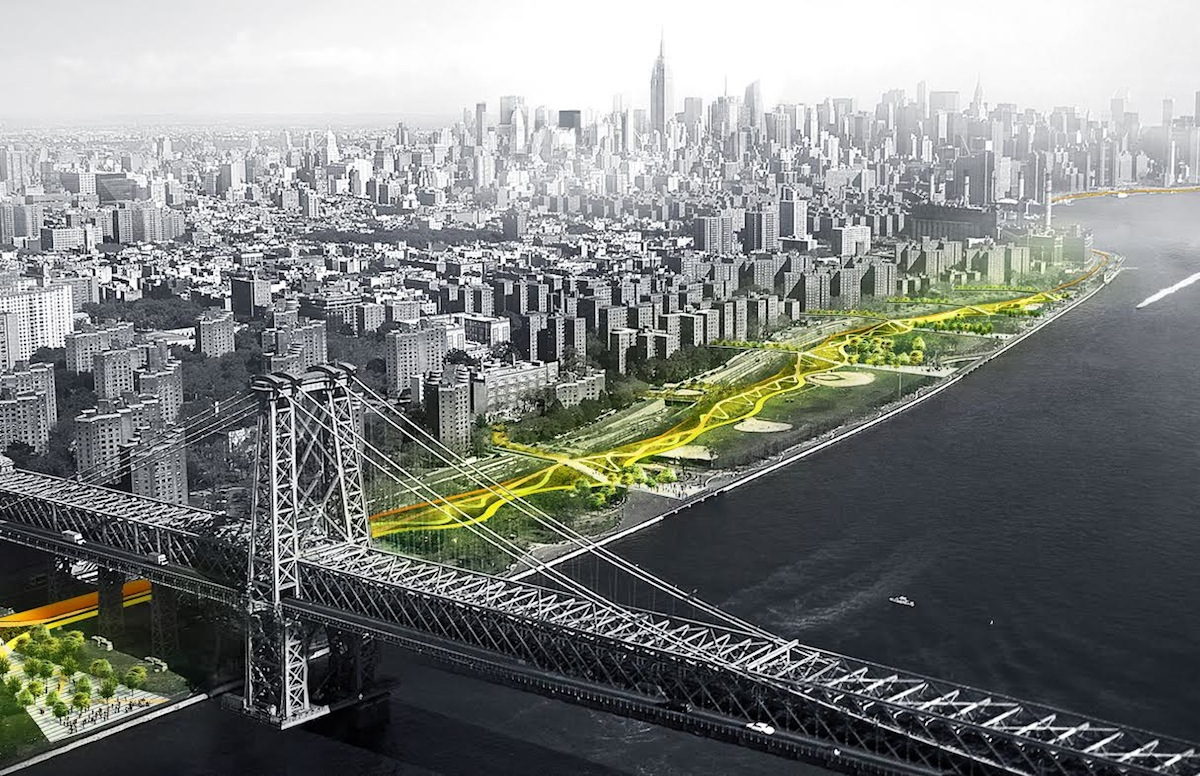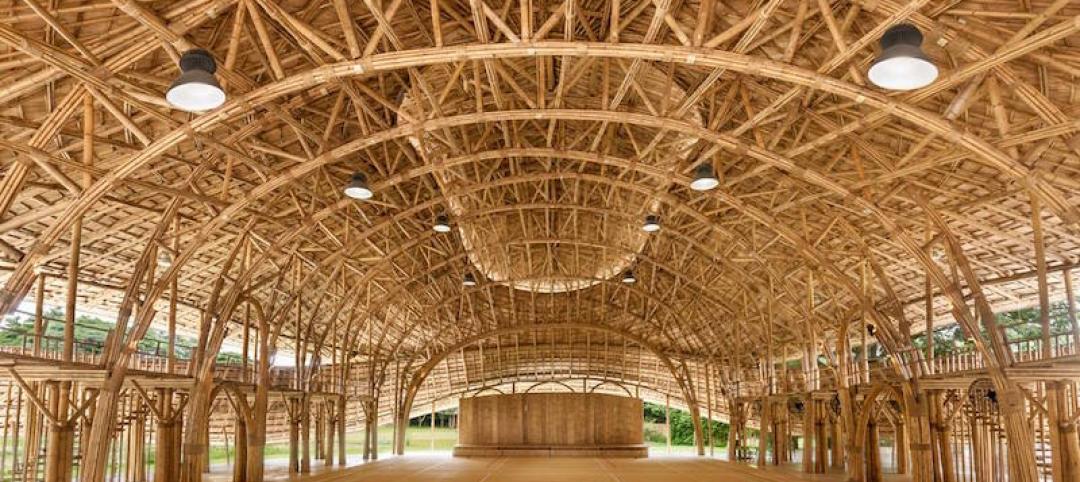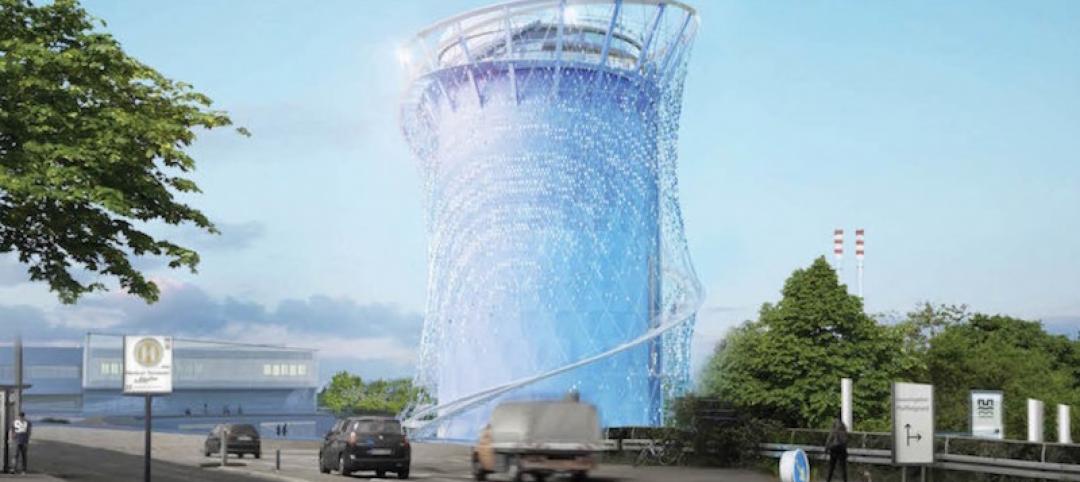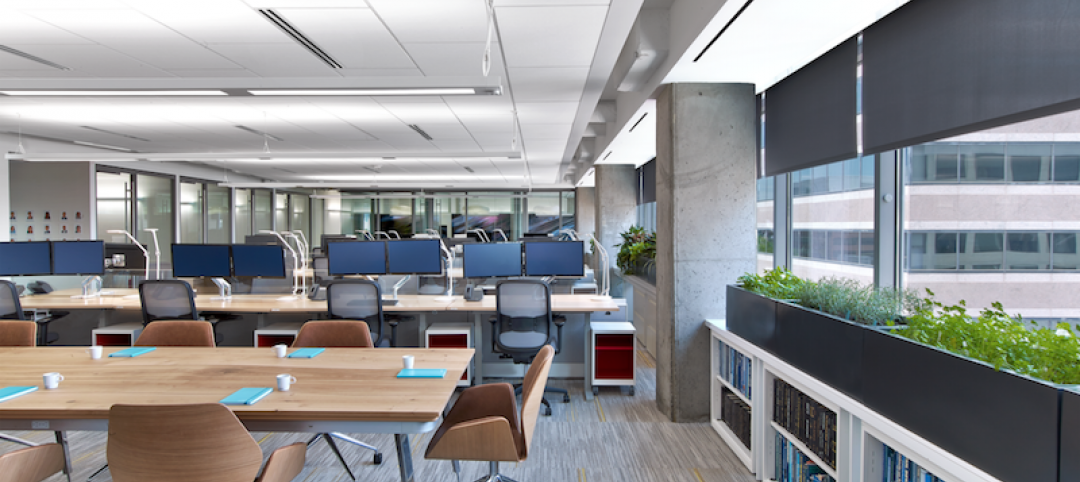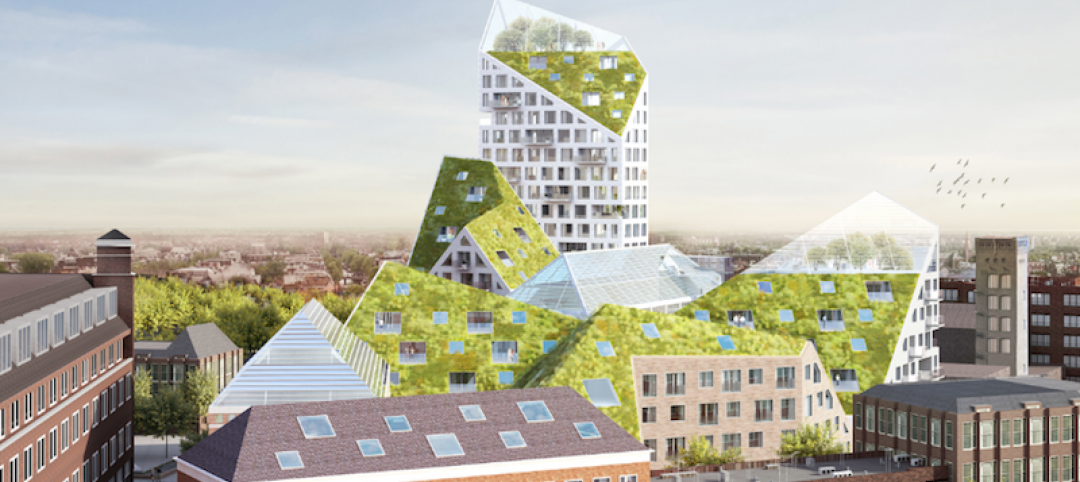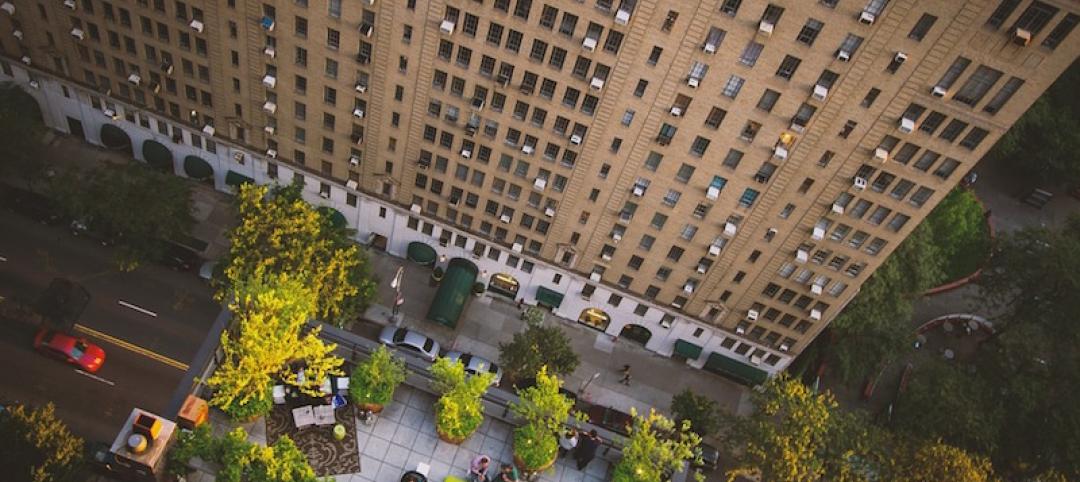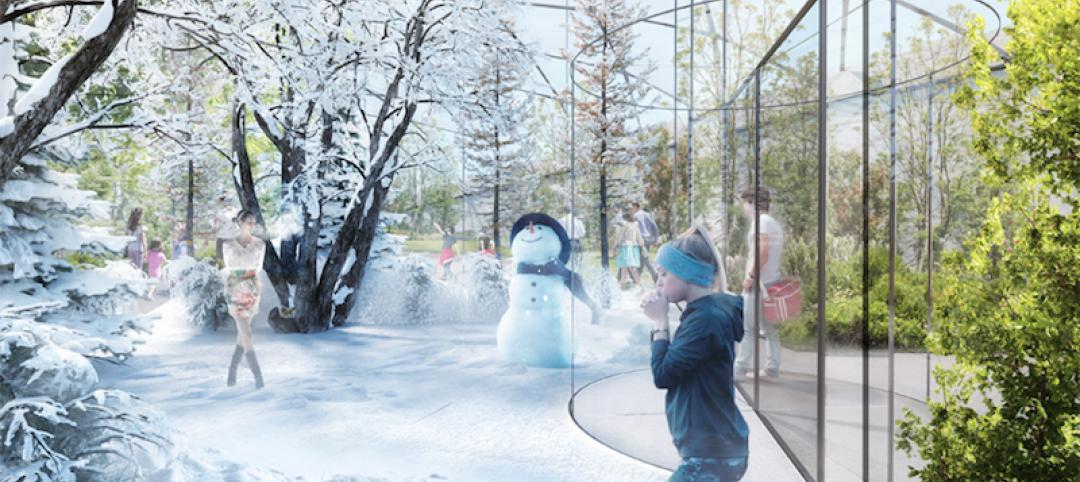The winners of the 4th Global Holcim Awards for Sustainable Construction have been decided—the trophies and $350,000 prize money go to projects in Colombia, Sri Lanka, and the U.S.
All three prizes recognize architectural interventions that deliver tangible benefits to local communities: Turning a decommissioned water reservoir into a park in Medellín, rebuilding social fabric through a community library in Ambepussa following Sri Lanka’s civil war, and creating public zones and flood-protection for the island of Manhattan.
Gold Award
Articulated Site: Water reservoir as a public park
Medellín, Colombia



Silver Award
Post-War Collective: Community library and social recuperation
Colombo, Sri Lanka


Bronze Award
The Dryline: Urban flood protection infrastructure
New York City, USA



Related Stories
Libraries | Aug 18, 2017
Johnson Favaro-designed Lions Park project breaks ground in Costa Mesa
The project includes a new library, the renovation of the existing library, and the redevelopment of parkland.
Mixed-Use | Aug 15, 2017
A golf course community converts into an agrihood with 1,150 homes and a working olive grove
The community will cover 300 acres in Palm Springs, Calif.
Green | Aug 11, 2017
A school’s sports hall is created entirely from bamboo
The building boasts a zero-carbon footprint and is naturally ventilated.
Sustainability | Aug 7, 2017
Existing storage center becomes symbol of renewable energy for a southwestern German town
The tower’s design comes from the Laboratory for Visionary Architecture’s (LAVA) winning competition entry for an energy park and storage tower.
Codes and Standards | Aug 3, 2017
ASID headquarters is first space in the world to earn both LEED and WELL Platinum Certification
Washington, D.C. office is showcase for top levels of the two standards.
Mixed-Use | Aug 3, 2017
A sustainable mixed-use development springs from a Dutch city center like a green-fringed crystal formation
MVRDV and SDK Vastgoed won a competition to redevelop the inner city area around Deken van Someren Street in Eindhoven.
Sustainability | Jul 31, 2017
Passive House practitioners aim to spread standard beyond single-family homes
Growth has been slow, but enticing larger firms and getting help from local governments could provide a boost.
Office Buildings | Jul 19, 2017
James Corner Field Operations, designers of the High Line, creates rooftop amenity spaces for three Dumbo office buildings
The new spaces range from about 8,500 to 11,000 sf and were added to Two Trees Management’s anchor office buildings.
Green | Jul 18, 2017
Garden of the Four Seasons lets you experience all four seasons at once
Carlo Ratti Associati designed the garden with an innovative net-zero energy climate control system.
Sponsored | Coatings | Jul 17, 2017
Innovation with a green focus
As building codes become more stringent and green rating systems grow in popularity, Valspar has developed products that meet ENERGY STAR and LEED rating system criteria.


